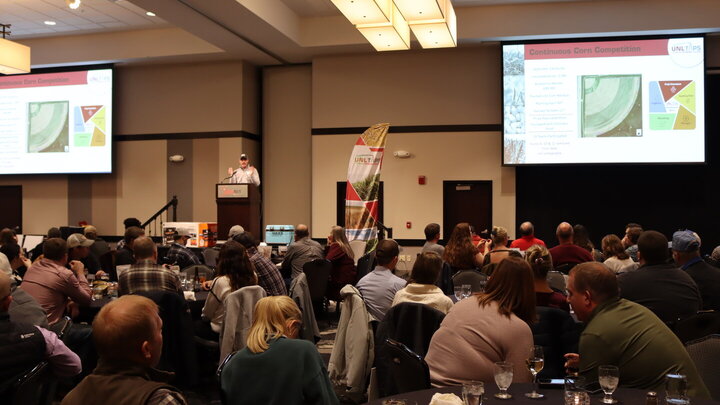What Growers Should Know
New burndown option under review — EPA is seeking public comment on epyrifenacil, a proposed pre-plant burndown herbicide for corn, soybean and wheat, plus fallow acres commonly used across Nebraska.
No human health risks identified — EPA’s risk assessments found no human health concerns when used according to the label.
Environmental mitigations likely — Proposed spray-drift buffers, runoff protections and rain/saturated-soil restrictions may influence how and when Nebraska growers can apply the product.
Endangered species protections required — Application will require checking EPA’s “Bulletins Live Two” system for any local endangered-species restrictions before spraying.
Public comment open — Growers, agronomists and crop advisors can provide input through Dec. 3, 2025, on how the proposal may affect field operations and weed-control planning in Nebraska.
The Environmental Protection Agency (EPA) recently released for public comment its proposed registration decision for two products containing new active ingredient epyrifenacil for use as a pre-plant burndown herbicide for agricultural use in canola, field corn, soybean, wheat and fallow land (corn, soybean and wheat), and for non-agricultural use on non-crop areas such as areas around industrial or farm buildings.
The epyrifenacil registrations are supported by human health and ecological risk assessments as well as a biological evaluation under the Endangered Species Act (ESA). No human health risks of concern were identified when epyrifenacil is used according to the label. EPA preliminarily concluded that the proposed use of epyrifenacil products may affect and are likely to adversely affect multiple listed species and designated critical habitats but predicted that there was no jeopardy and adverse modification for any species or critical habitats.
EPA is proposing the following mitigation measures to address on- and off-field effects to non-target species, including listed species:
- Implementing spray drift buffers for agricultural uses.
- Requiring runoff/erosion mitigation points to reduce aquatic exposure risks.
- Restricting application during rain and when soils are saturated or above capacity.
- Instructing users to access and follow any applicable endangered species bulletin from the “Bulletins Live Two” web-based system for all additional directions and restrictions.
The proposed final labeling, which has been revised to include additional mitigation measures to address ecological risks, contains all the necessary requirements and restrictions and complies with the requirements of the Federal Insecticide, Fungicide, and Rodenticide Act (FIFRA).
Epyrifenacil is a pesticide that contains a fluorinated carbon. Visit our webpage to learn more about how EPA ensures the safety of pesticides with single fluorinated carbons.
Next Steps
After considering public comments on the proposed registration decision, the draft risk assessments and the draft effects determinations, EPA will decide whether the registration action meets the standard for registration under FIFRA. If EPA determines that the registration action can be granted, EPA will finalize the biological evaluation. If a final biological evaluation finds that epyrifenacil may affect any listed species or critical habitats, then EPA will initiate ESA consultation and share its findings with the U.S. Fish and Wildlife Service or the National Marine Fisheries Service (collectively referred to as the Services), as appropriate.
During formal consultation, the Services use the information in EPA’s final biological evaluation to inform their biological opinions. While EPA has made predictions about the likelihood of jeopardy and adverse modification as part of its biological evaluation, the Services are responsible for making the final jeopardy/adverse modification findings and have the sole authority to do so. If the Services determine in their final biological opinions that additional mitigations are necessary to address any jeopardy or adverse modification determination or to address any incidental take, then EPA will work with the registrant to ensure that any necessary registration or labeling changes are made.
To read more about the proposed registration of epyrifenacil and to comment, see docket ID EPA-HQ-OPP-2022-0354. The public comment period will be open for 30 days, closing on Dec. 3, 2025.




